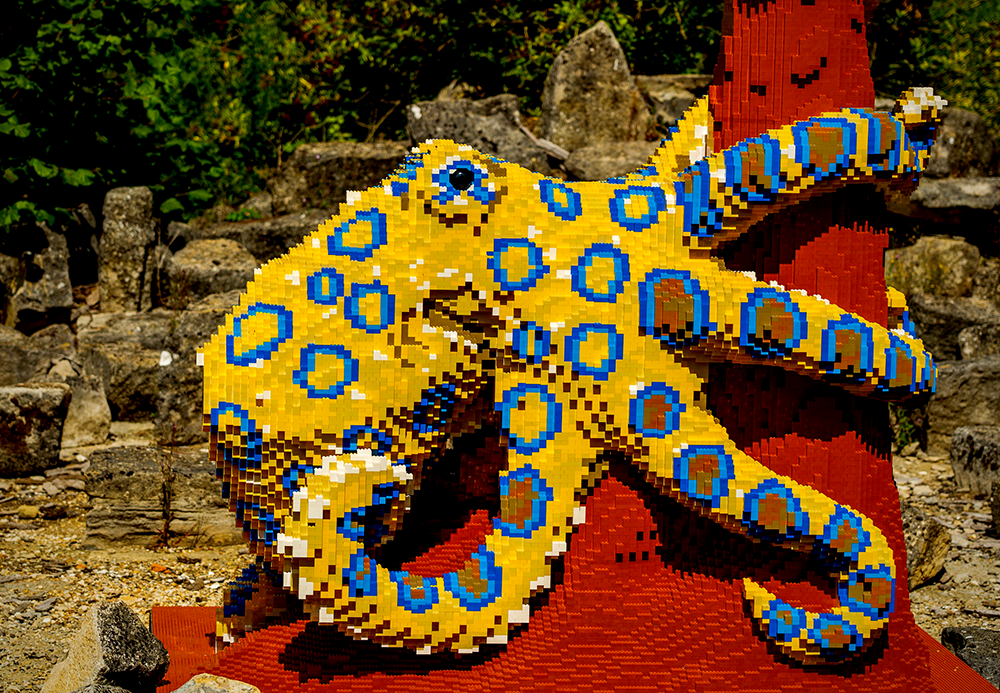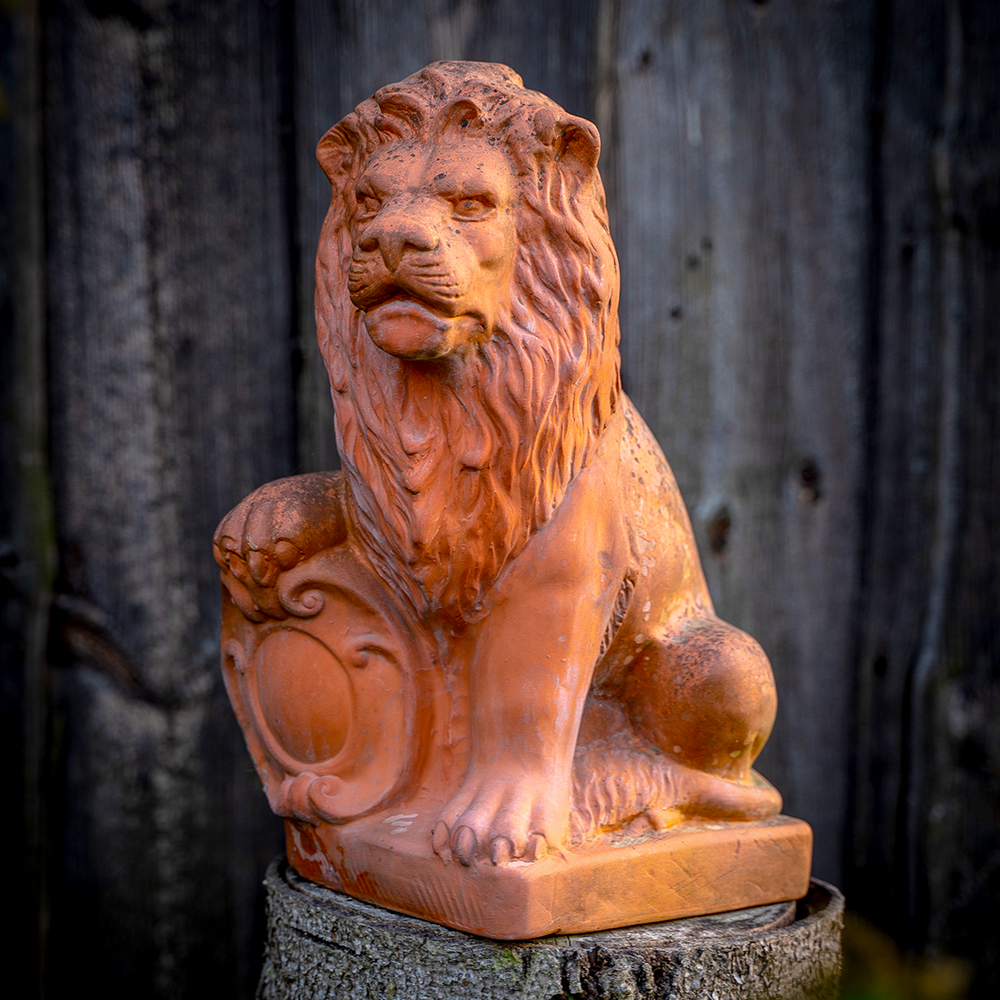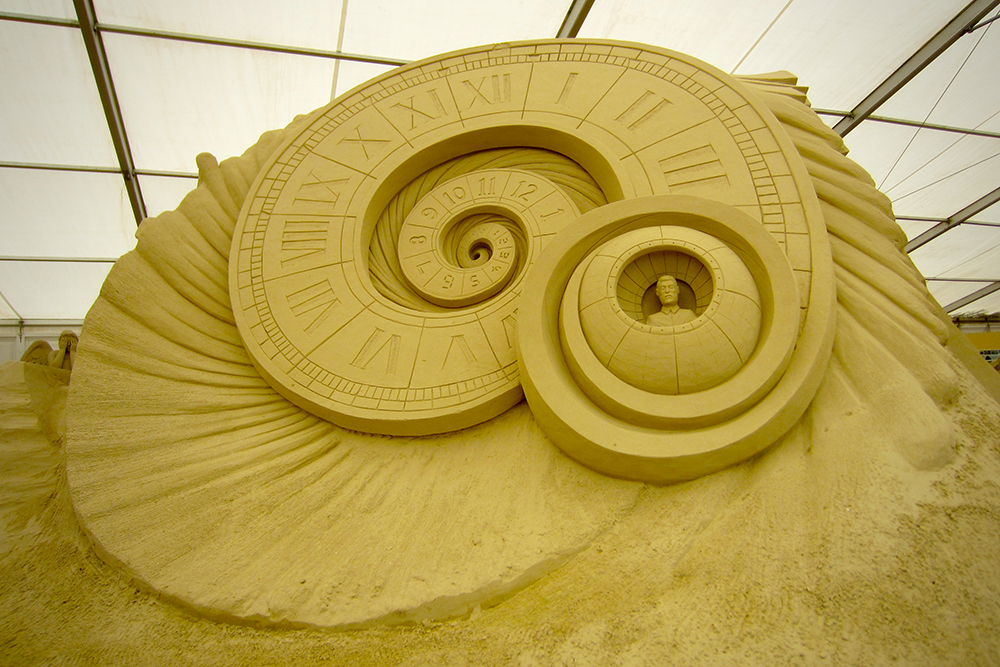Looking to up your sculpting game?
With our sculpting 101 guide, you'll learn how to create art that captivates imagination and stands the test of time!
Sculpting is a fantastic fine arts option to explore!
It’s fun, therapeutic, and intensely satisfying to mold and shape clay, plaster, metal, and more into your ideal artwork.
With so many different mediums and techniques to choose from, sculpting can be an excellent way to experiment with different art forms and gain mastery over new skills.
From simple techniques for beginner artists all the way up to advanced tips and tricks for experienced creators, this comprehensive guide will give you a look inside the exciting world of sculpting.
Whether it's learning about different tools or brushing up on fundamental sculpting principles, we have everything covered so that you can bring your creative vision into reality.
No matter if you're an experienced artist hoping to diversify your abilities or just starting out, this expressive art form has no limits when it comes to possibilities.
It's time to walk through the foundational elements of sculpting as we take you through the basics of sculpting 101.
So, what are you waiting for?
Let's dive right in and hone your sculpture skills!



Sculpture Basics
Before we get into the nitty-gritty of sculpting, let’s review some basics.
This art form focuses on creating art in three dimensions, whether you carve, mold, sculpt, build, or construct.
The three main elements of a sculpture are the medium, form, and texture.
The sculpting medium is the material you will use to create your artwork, and it can range from clay to metal, wood, stone, and more.
The form refers to the shape of the sculpture — think about the different curves and angles that make up the sculpture.
Texture is the surface feeling of your sculpture as you create it; texture can be smooth or rough, depending on the type of material you’re working with.
A relief sculpture is one that has a flat background, while a free-standing sculpture has two or more points of support.
Many different artists, such as Donatello, Desiderio da Settignano, and Auguste Rodin, have used their own unique styles to develop beautiful sculptures.
Famous works range from Donatello's reliefs, such as the Dead Christ, San Rossore, and the Cantoria, to Rodin's iconic sculptures The Thinker and The Kiss.
No matter your goals or experience level, sculpting can be incredibly enjoyable and rewarding.
Now that we have a general understanding of some basic sculpting concepts, let’s get into the fun part — creating!

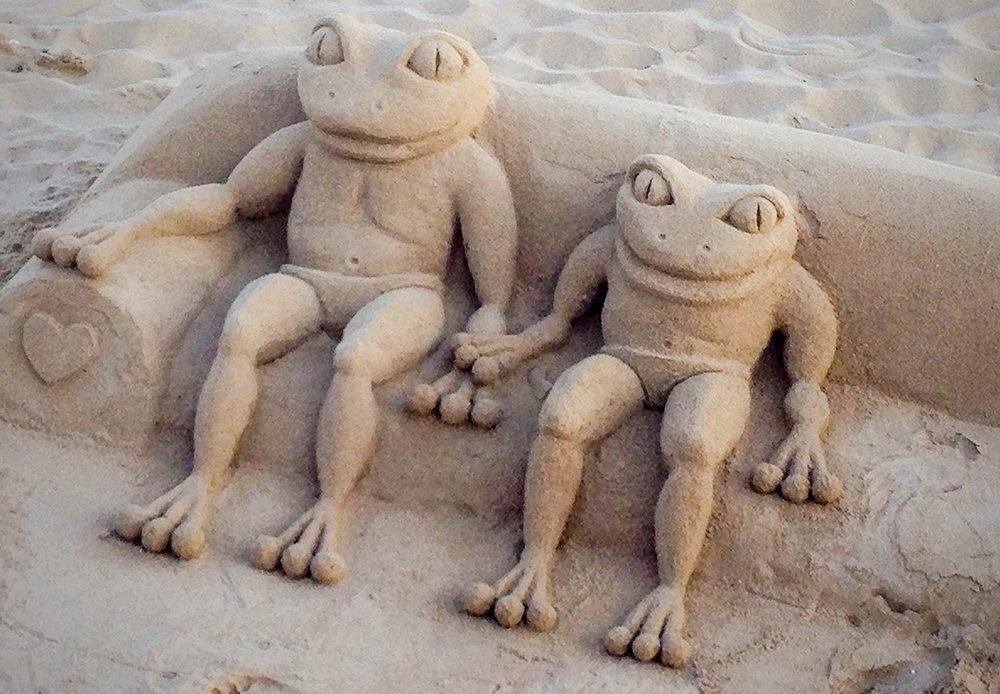
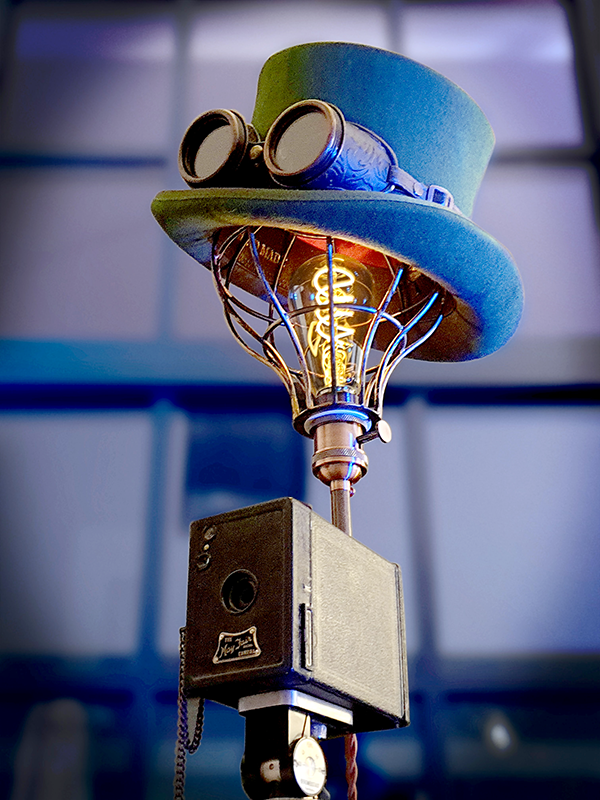
Choose Your Medium
The first step in sculpting is choosing your material, so find a favorable medium that suits you.
Sculpting mediums come in various forms, such as clay, plaster, metal, stone, and more.
Clay is a popular choice for beginners as it is easy to work with and affordable.
It also allows you to make mistakes and start over as you refine your skills.
Plaster is another popular choice for beginners, as it is malleable and allows you to make detailed designs on your sculpture.
Metals such as bronze and steel are more complicated to work with, so they require a bit more experience.
Stones and crystals are enduring materials perfect for more committed projects that require patience and precision.
Choose a medium that resonates with you and aligns with the style of art you want to create.
For example, if you want to create realistic human sculptures, you may want to use clay or plaster to model the body parts accurately.
In contrast, if you’re thinking of creating abstract sculptures, you may want to try out metal, stone, or even recycled art materials.
Once you're feeling more confident, you can explore other materials, such as crystals, wood, wax, and even paper.
Each material offers its own challenges and rewards, so experiment to find what works best for you.
Some modern artists even enjoy digital sculpting tools, which involves using software to create digital models that can be 3D printed.
This is an exciting option for those who want to explore the digital world of art.

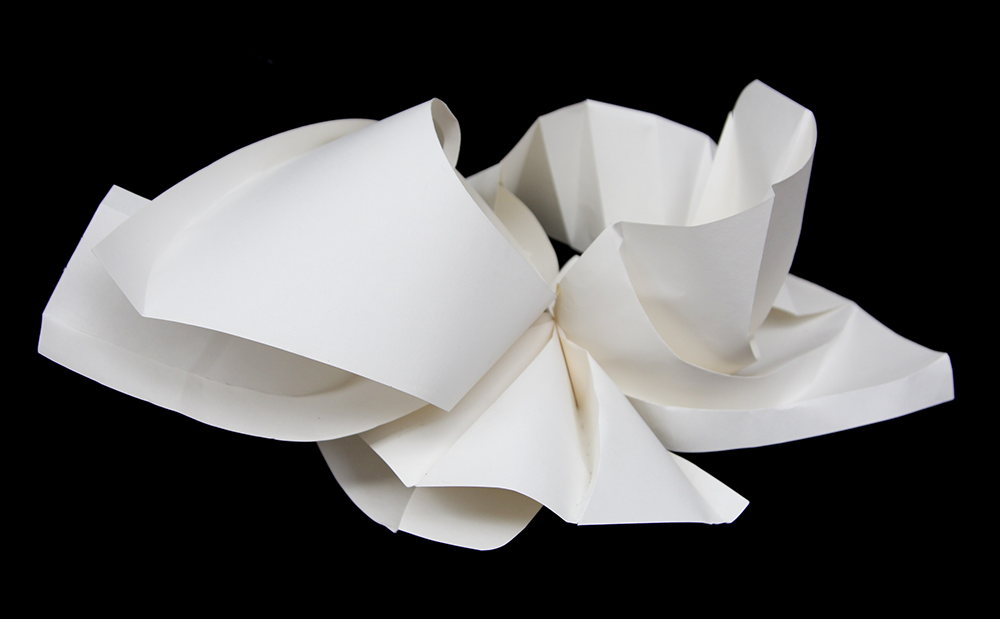
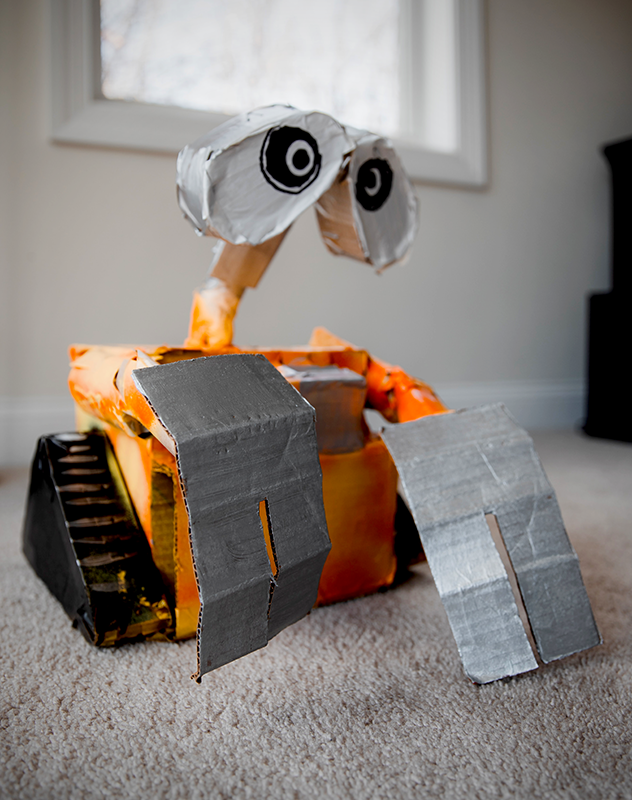
Be Prepared With The Right Tools
Sculpting is much easier when you're well prepared with the proper tools.
If you're new to sculpting, getting the right tools is essential, and it saves time and resources.
Some essential tools to keep in mind for sculpting include a range of sculpting tools such as a chisel, file, wire brush, and scalpel.
Before purchasing tools and supplies, research the costs involved, and invest in tools that can withstand heavy use.
Depending on your chosen material, you will need specific tools to sculpt.
For clay, you will need basic tools such as a sculpting knife, a wire loop tool, and a smoothing tool.
Stone will require specialized chisels and hammers, while wood will need saws and carving knives.
It's important to invest in quality tools as they can make a big difference in the outcome of your sculpture.

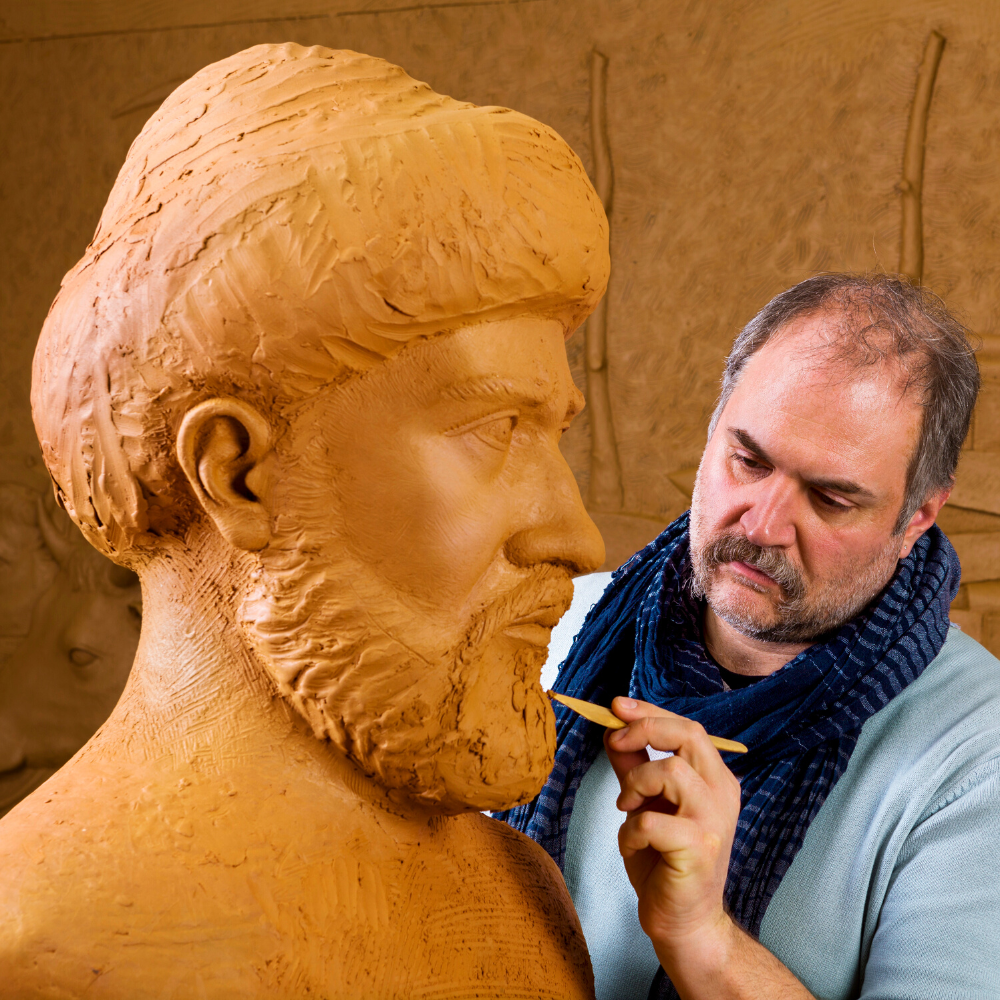
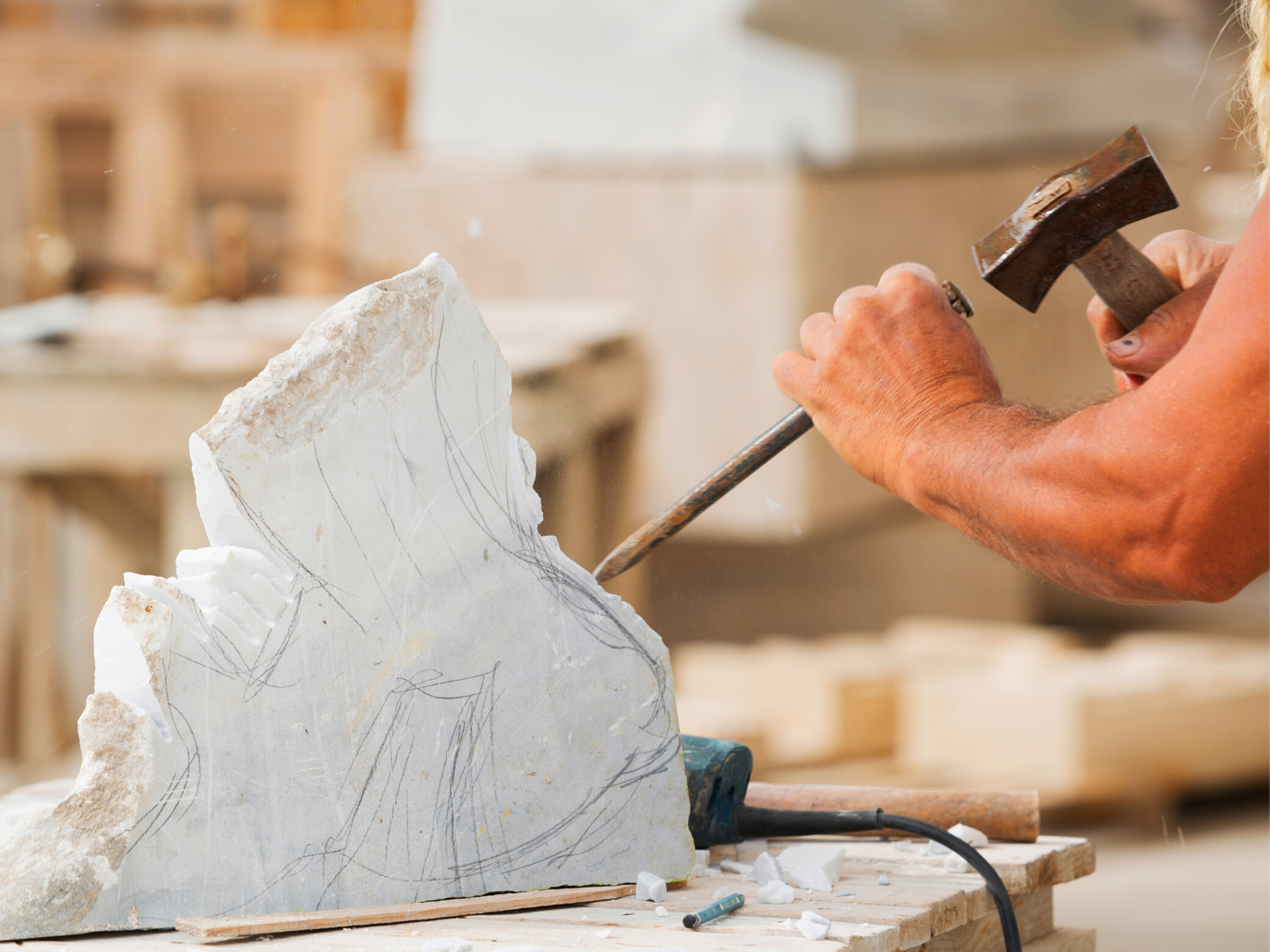
Plan Your Sculpture and Create a Workspace
Before diving in, it's helpful to have a plan for your sculpture.
Consider the subject matter, the composition, and the scale of your piece.
Sketch out your design and make notes on any areas that may be particularly challenging.
This will help guide your sculpting process and ensure that you stay on track.
To be effective and efficient in your craft, you need a dedicated workspace that is clean and organized.
Set aside a space in your home where you can work without any distractions.
Make sure that it is equipped with everything you need to work efficiently, from tools to materials.
This way, you can avoid frequent interruptions, stay focused, and continue perfecting your artistic skills.
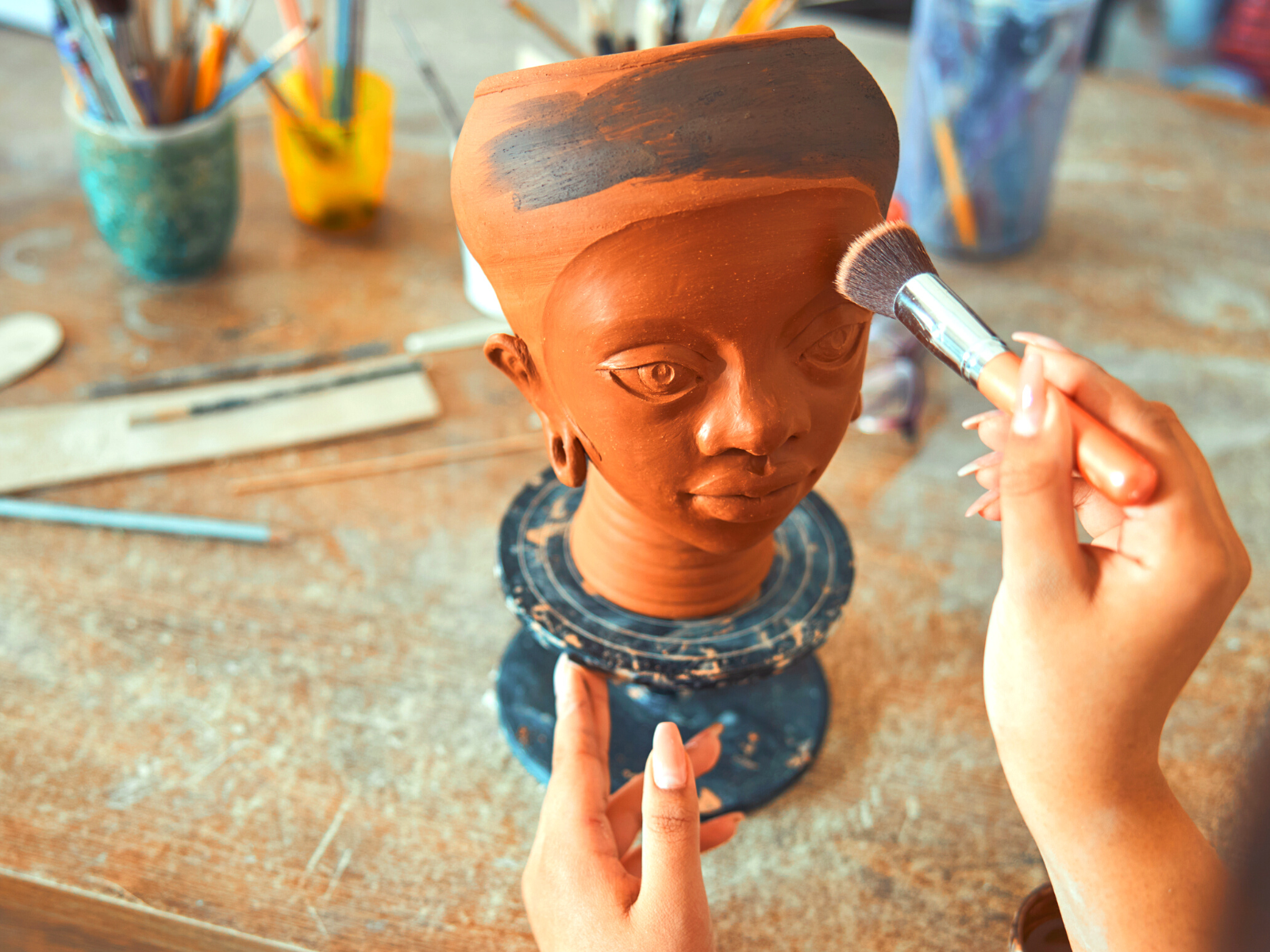
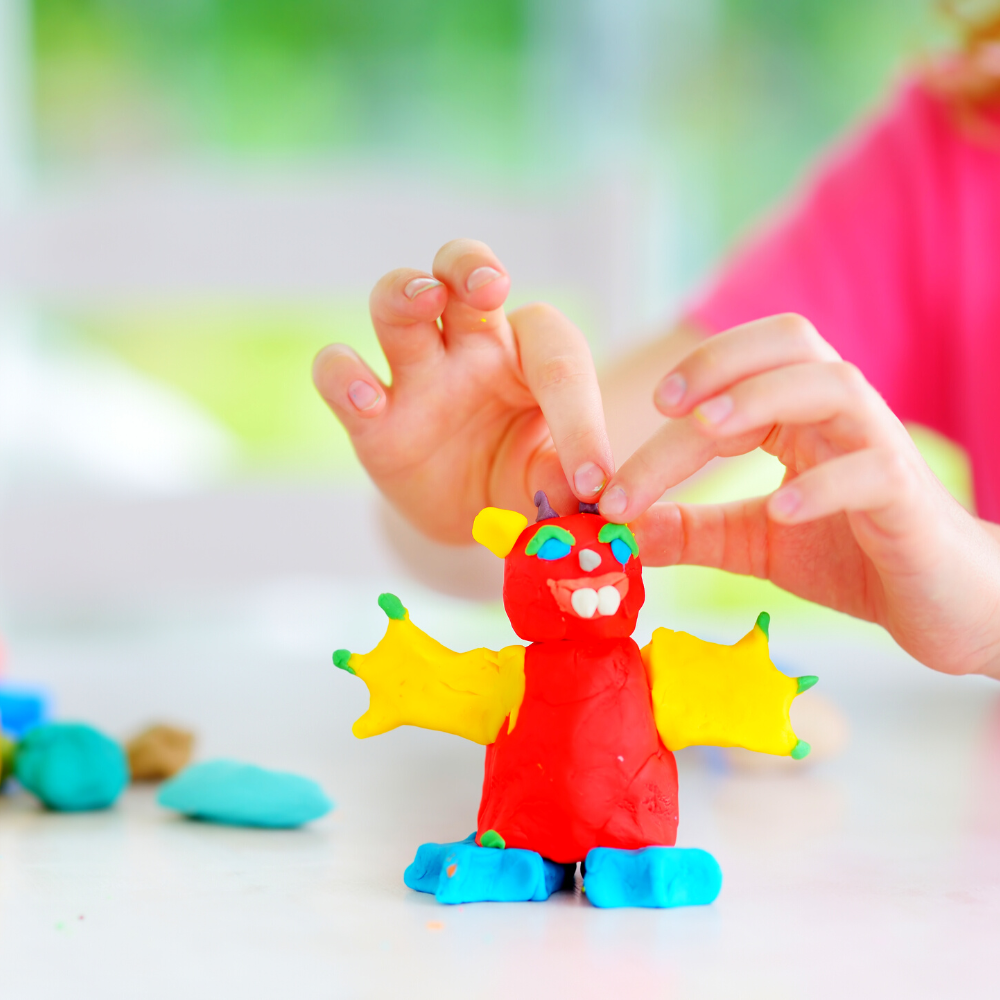
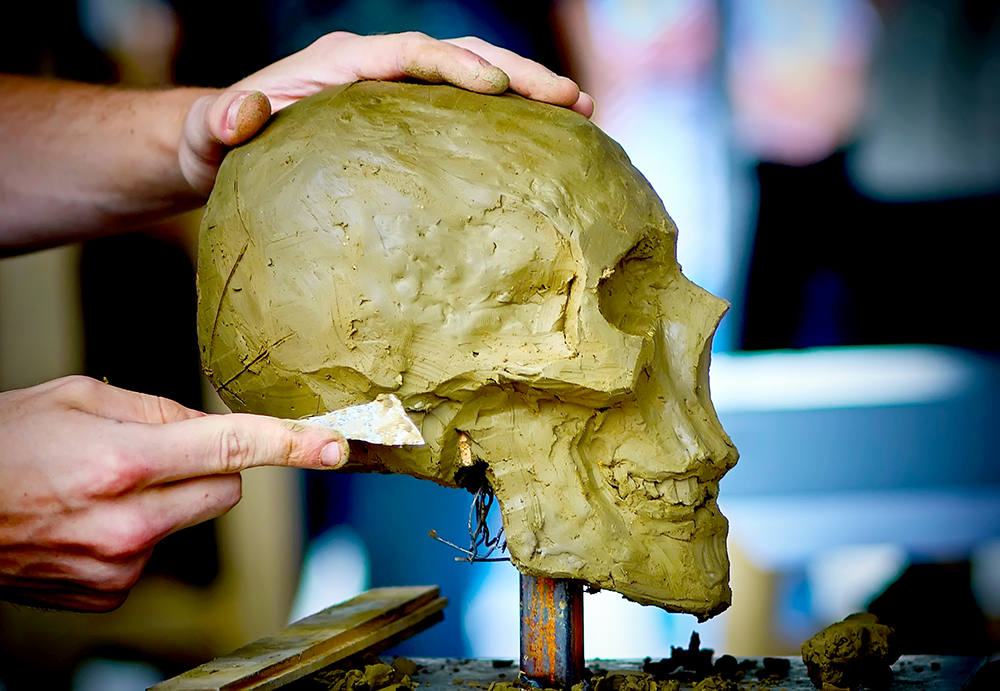
Stay Patient and Focus on Fundamentals
Rome wasn't built in a day, nor will you sculpt a masterpiece overnight.
Perfecting your sculpting skills will take time and patience.
Stay persistent, take the time you need to create your vision, play around with your materials and let the inspiration come to you.
Take note of the details and nuances in your art, and constantly refine your abilities and techniques.
As a beginner, it's important to remember to start with the fundamentals of sculpting.
Practice creating basic shapes such as spheres and cubes and refining them into more complex forms.
Learn about proportion and anatomy to create realistic figures.
As you progress, you can experiment with more abstract and expressive forms.
The best way to improve your sculpting skills is to practice, practice, and practice some more.
Start small with simple projects, like beads and ornaments, before trying out complex figures.
Be patient and remember you can always begin again if things don't go the way you planned.

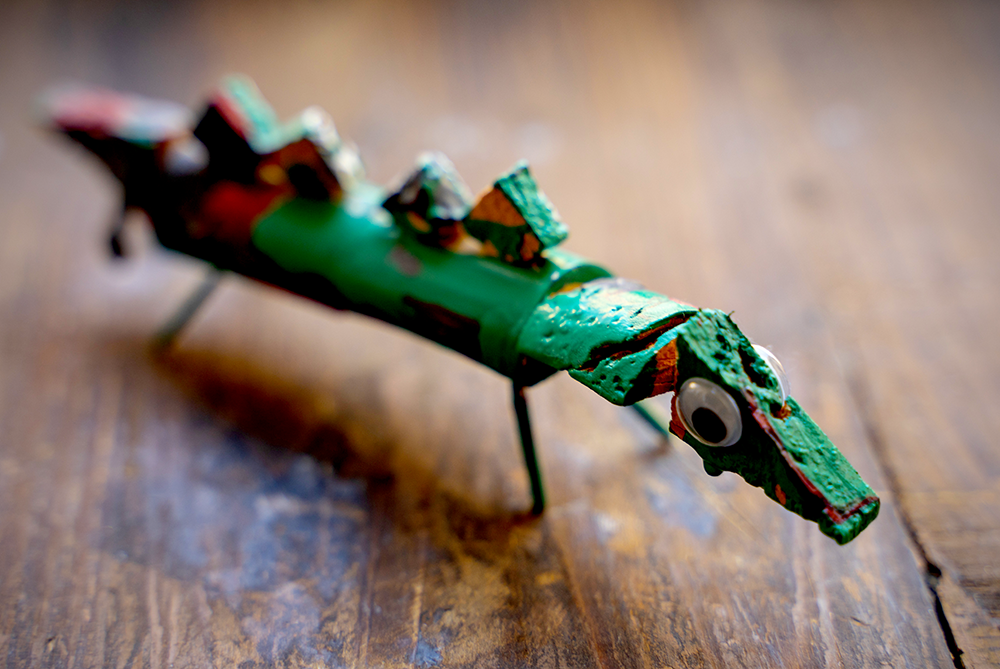
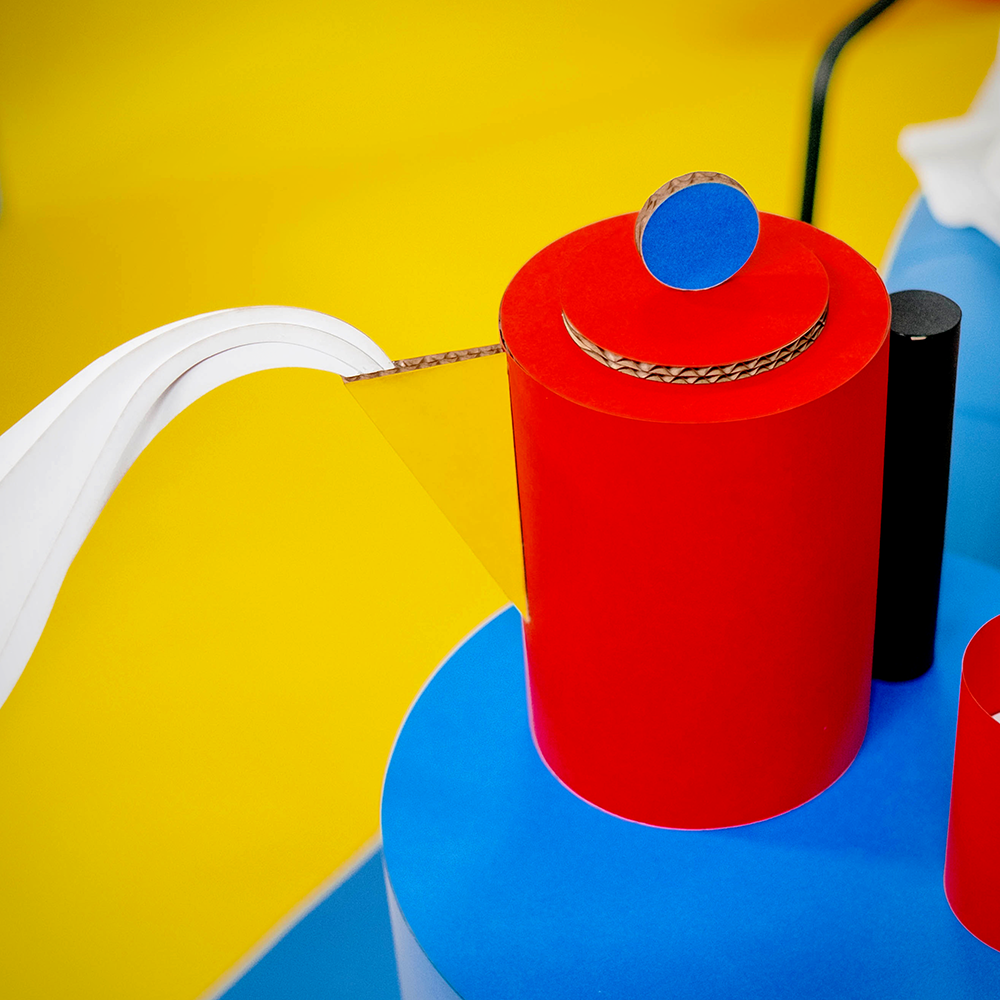
Be Open to Experimentation and Embrace Mistakes
Sculpting is all about experimentation; it's okay to be adventurous and try out new things.
Mix different mediums and techniques to create a memorable masterpiece that's unique to you.
You can use recycled materials, found objects, and anything you think could be useful in adding a unique touch to your art.
Don't be afraid to experiment with unusual shapes, textures, colors, and patterns.
Exploring different options and techniques will broaden your artistic vision and improve the diversity of your body of work.
More importantly, sculpting is a process that involves trial and error.
Don't be afraid to make mistakes, as they are an inevitable part of the learning process.
Instead, embrace them and use them as opportunities to learn and improve.
With patience and perseverance, you will be able to create sculptures that reflect your unique style and vision.
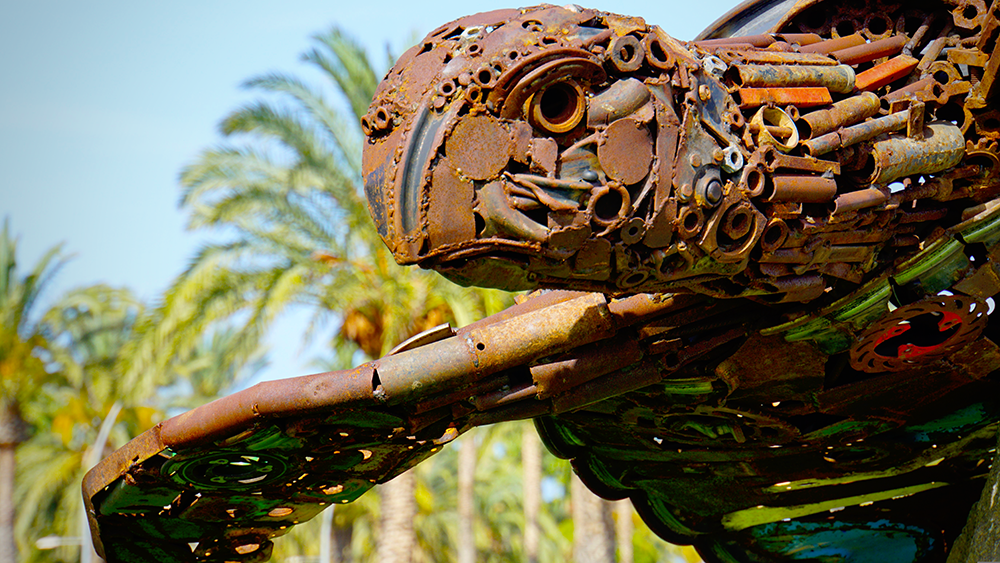
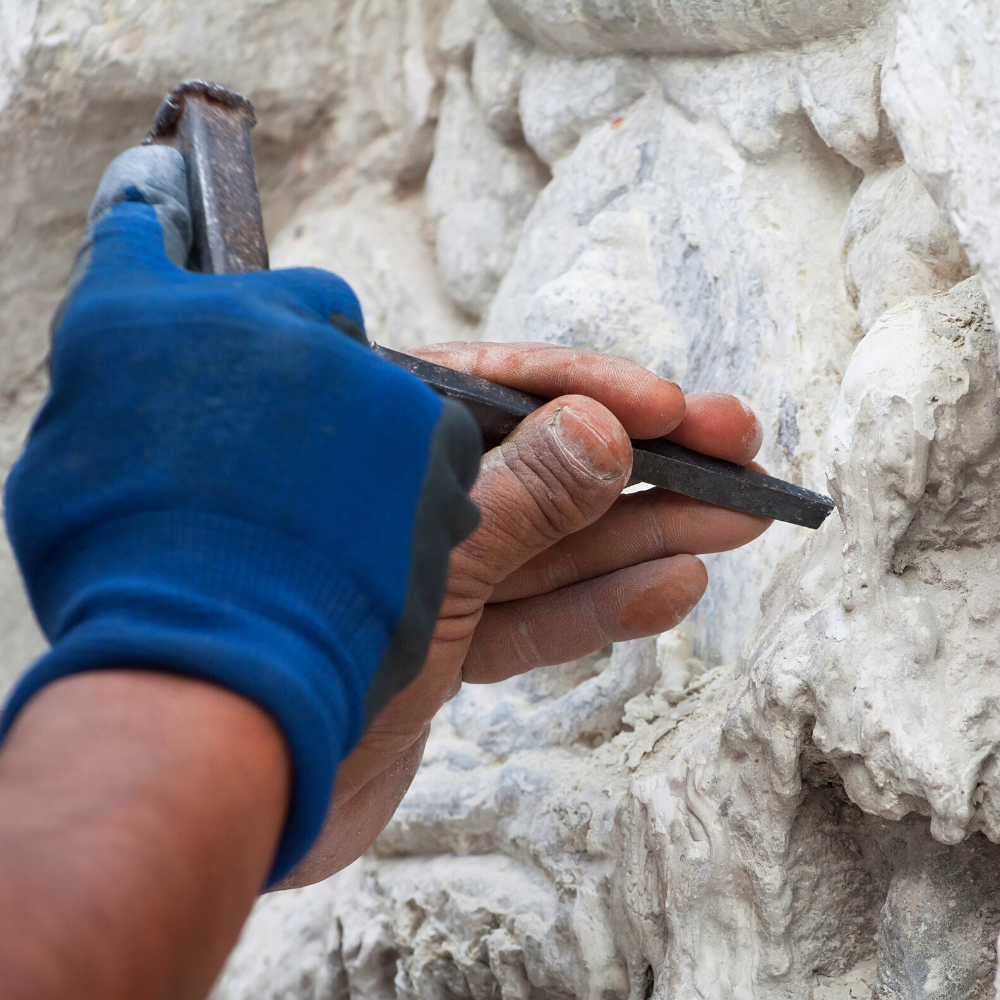

Stay Inspired and Learn from Others
Staying inspired is crucial in sculpting.
Inspiration could come from observing your environment or examining other artwork.
Take breaks to recharge to avoid pushing yourself too much, which can lead to burnout.
Attend exhibitions, visit museums, and go out into nature to draw inspiration for both your current and future art projects.
You can also learn from other experienced sculptors by attending workshops and classes.
In today’s world, learning how to sculpt has never been easier; in addition to books, courses and in-person classes, there are now many online resources that you can use to gain knowledge, guidance, and inspiration from talented sculptors worldwide.
Check out websites, like Pinterest, YouTube, or DeviantART, to find inspiration and ideas or start your own online communities.
You can also join forums and groups of other sculptors where you can share ideas, gain feedback, and even take part in collaborations.
Sculpting is an enjoyable experience and a great way to express yourself, so take your time and have fun!

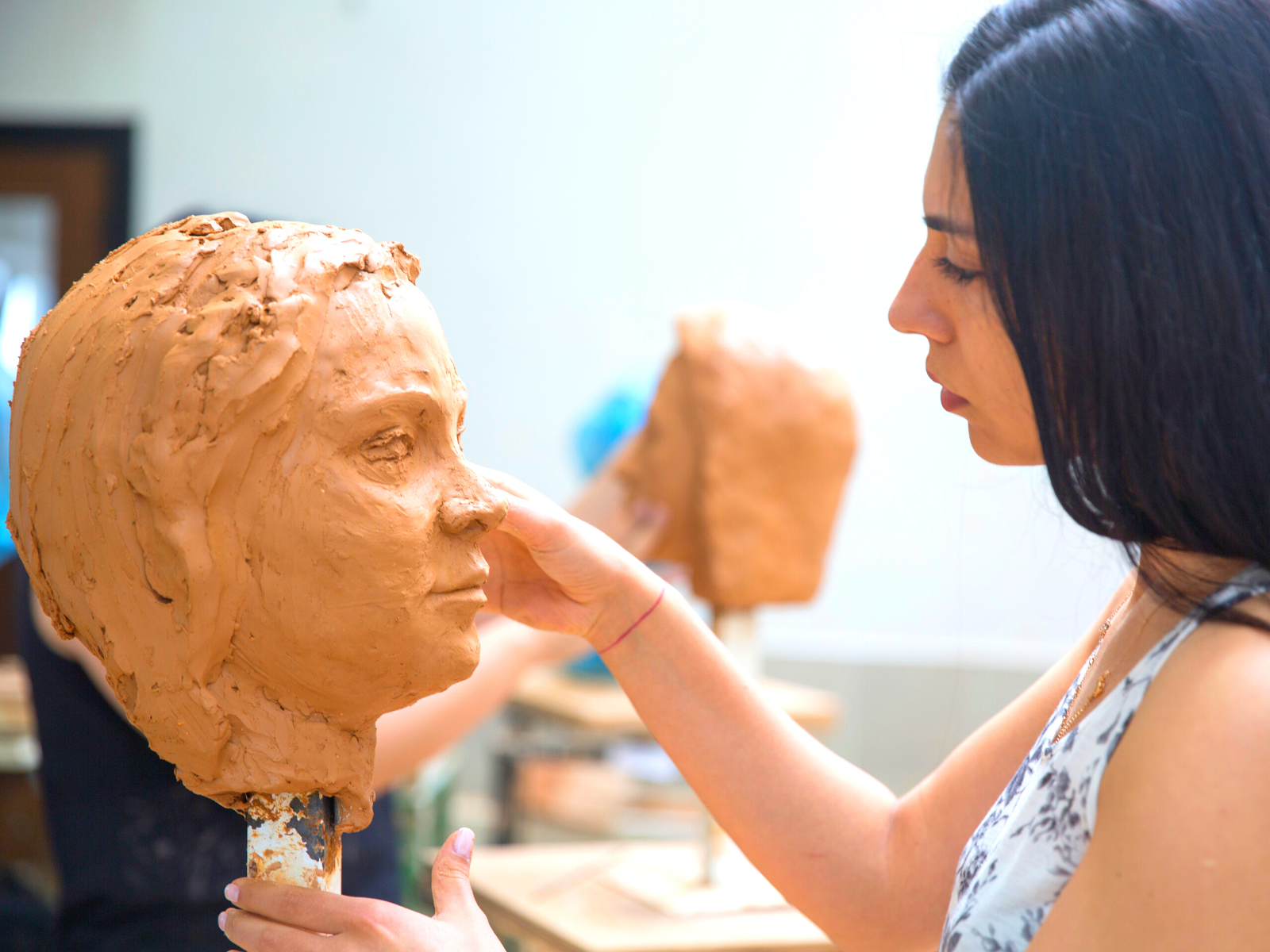
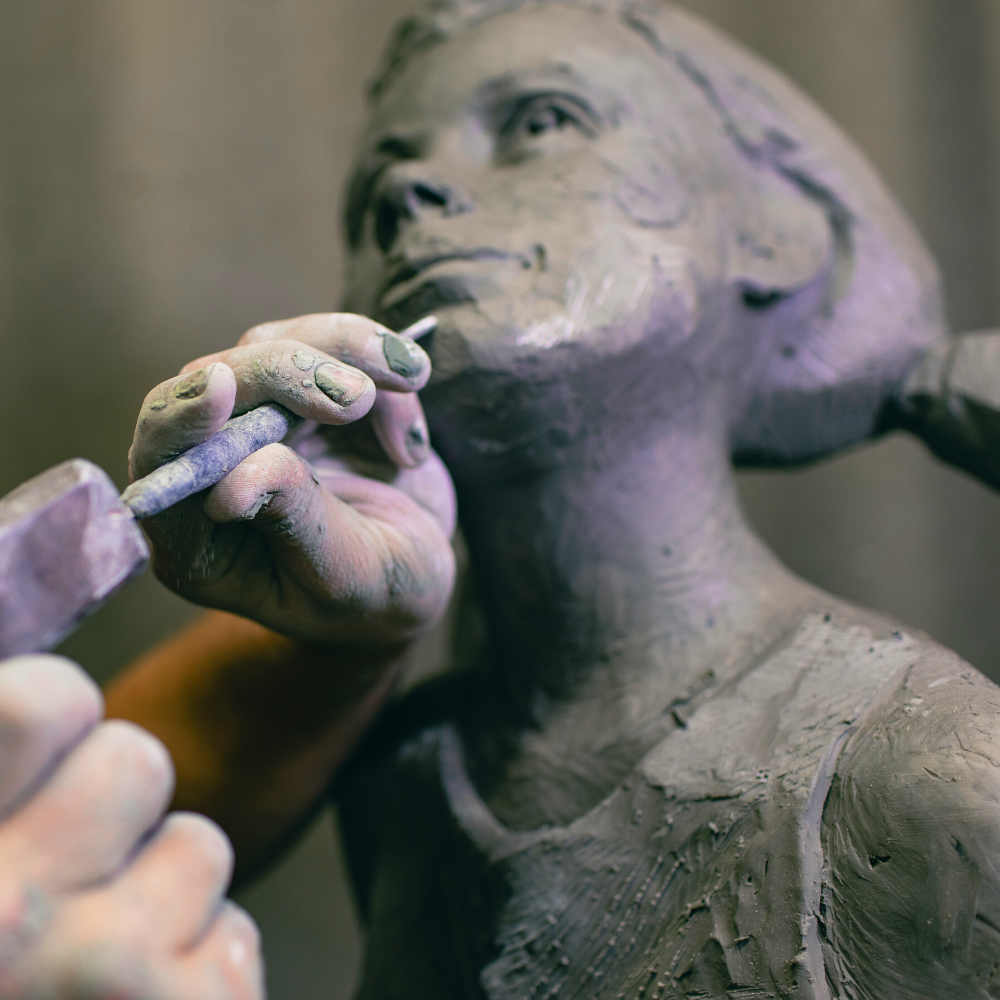
Sculpting Stunning Masterpieces
Sculpting is a rewarding and challenging art form that offers endless opportunities for creativity and self-expression.
Whether you're a beginner or a seasoned artist, there is always something new to learn and explore.
By choosing your material, gathering your tools, planning your sculpture, focusing on the fundamentals, and embracing your mistakes, you can become a skilled and confident sculptor in no time at all!
Sculpting is sure to become a thrilling and satisfying adventure that will accompany you throughout your artistic journey; it's time to create art that captivates your imagination!
So, what are you waiting for?
Grab your supplies and start sculpting!


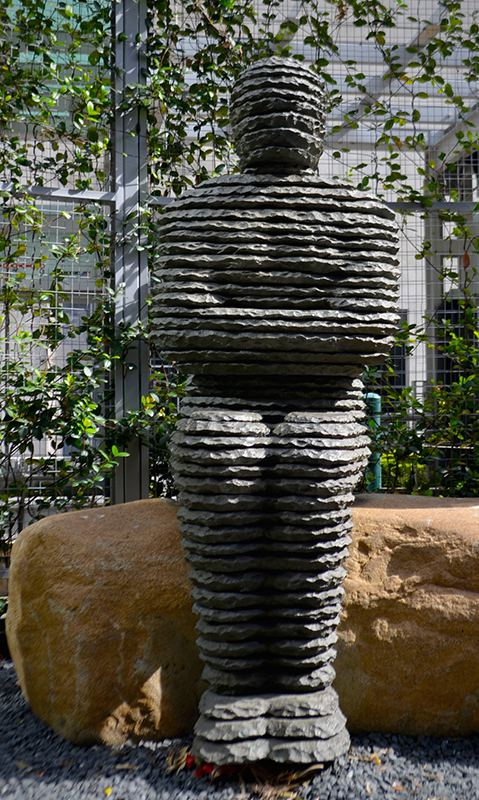
Looking for more great sculpting insight? Check out Aaron's Design Class' video!
Want even more content about creativity and art?
Be sure to check out all of our creative chronicles!
Interested in creating sculptures?
Check out some of our other articles:
